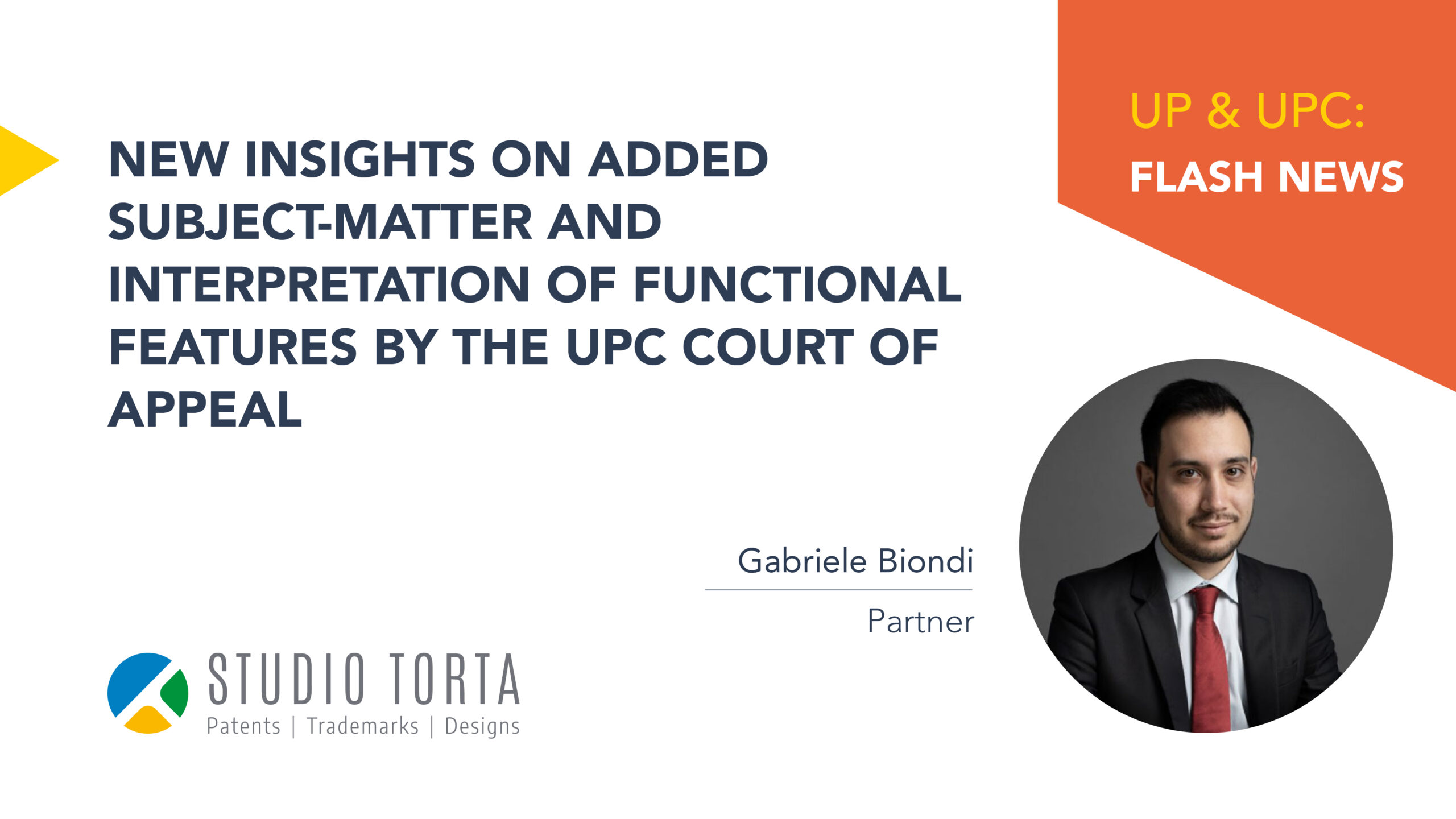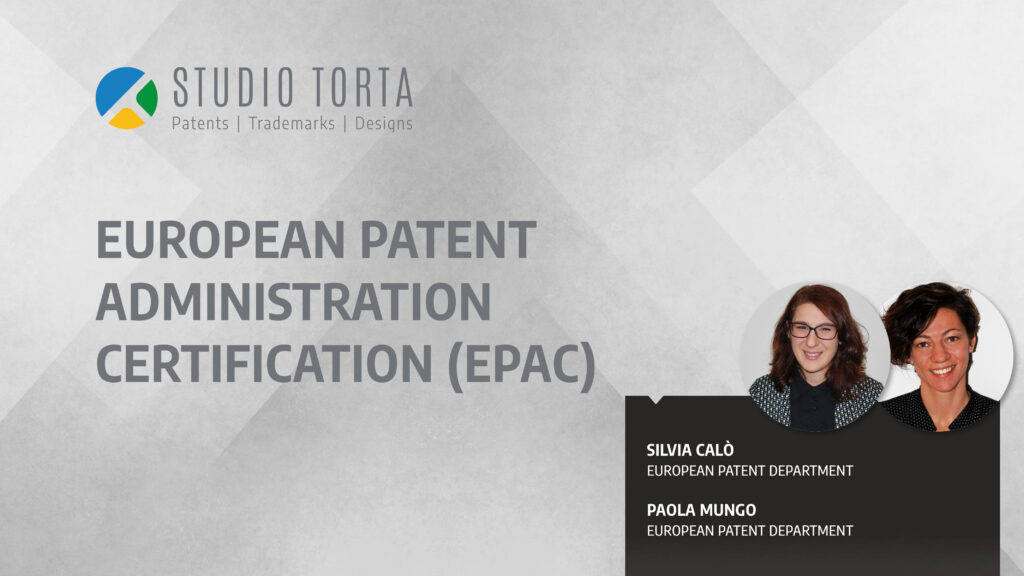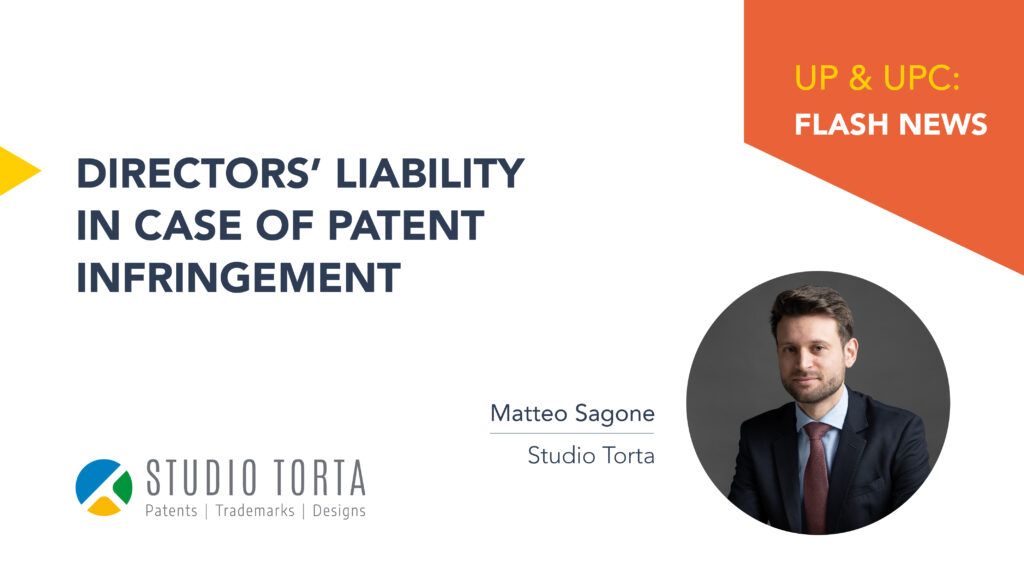New insights on added subject-matter and interpretation of functional features by the UPC Court of Appeal
A recent order of the UPC Court of Appeal provides an updated view on the approach that the UPC could take on fundamental issues such as the addition of subject-matter with respect to the original application and the interpretation of functional features.
The order in question refers to a precautionary action by the company Abbott against Sibio Technology on the basis of European patent EP3831283, the outcome of which in the first instance saw the failure to grant a preliminary injunction in light of the probable invalidity of the patent due to the addition of subject matter with respect to the content of the original application.
The Court of Appeal overturned the judgment of the Court of First Instance, arguing that the balance of probabilities was rather in favor of the absence of added subject matter. In its reasoning, the Court essentially followed the fundamental substantive principles found in EPO case law and the guidelines for examining patent applications. In particular, although not explicitly mentioning the EPO and its case law, the Court referred to the well-known concept of the so-called “disclosure test” (according to which, the basis of the amendments is what the skilled person derives directly and unambiguously from the entire application as filed using common general knowledge and viewed objectively and in relation to the date of filing) for determining the basis of the features, possibly also of the implicit features. Further, the Court has substantially adopted in full the test offered by the guidelines EPO H-V, 3.2. 1. for the evaluation of the so-called “intermediate generalizations”, according to which a feature can be freely extrapolated from the description of a particular embodiment if there is no inextricable link with the other features of the embodiment and if the overall description justifies the generalizing isolation of the feature and its introduction in a claim.
In reaching its conclusions, it is interesting to note that the Court of Appeal thoroughly examined the entire description, evaluating with careful technical, rather than formalistic, sense the various embodiments described in the original application, the technical effects of the individual features of each embodiment, as well as the possible presence of generalizing teachings (for example, presentations of alternatives) in portions of the text other than those identified by the patent owner as the basis for the amendments.
Therefore, it can be seen how the UPC tends to follow the fundamental EPO principles, although with a certain degree of personalization and with an orientation based more on technical and good sense considerations than on more strictly linguistic considerations, as often happens in some proceedings before the EPO.
Another interesting element of the order is related to the interpretation of functional features (means+function features). Here too, the Court of Appeal follows the EPO guidelines, according to which the expression “configured to” is to be understood in a manner analogous to the concept of “suitable for” realizing the claimed function, while admitting the existence of exceptions, as in the field of computer-implemented inventions, where the expression can be understood in a more restricted sense as “adapted to”, in the sense of specifically programmed to realize the claimed function.
In conclusion, the approach maintained by the UPC on the issues of added subject-matter and the interpretation of functional features appears to be in line with EPO case law, although it is still too early to determine whether there will be significant deviations from established EPO practice in the future.
For detailed information, please refer to the original order at the following link: click here.




